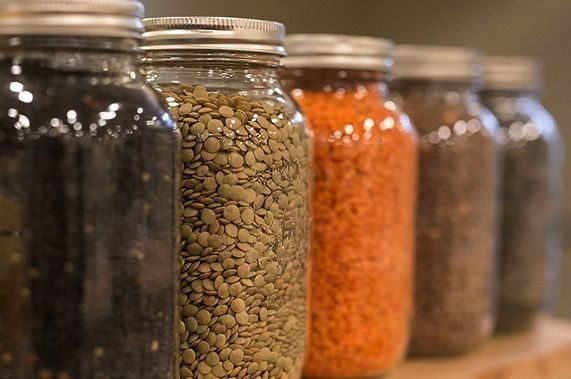CNS Canada — It’s not exactly a banner time for the lentil market. Prices have been steady to slightly lower over the past month as lacklustre interest and Indian tariffs on peas and chickpeas have largely dissuaded farmers from planting pulses in general.
“I think the impact and extension of the impact of the Indian import tariffs permeates through the pulse complex,” said Mike Jubinville of ProFarmer Canada in Winnipeg. “They’re (India) also in the midst of harvesting their main pulse crop right now so there is no sense you have to be an aggressive buyer.”
Read Also

Alberta crop conditions improve: report
Varied precipitation and warm temperatures were generally beneficial for crop development across Alberta during the week ended July 8, according to the latest provincial crop report released July 11.
Statistics Canada is set to release its acreage estimates Friday and there are widespread expectations plantings in Saskatchewan and Alberta will be lower.
In a survey of analysts by MarketsFarm, estimates for lentils came in at three million to 3.9 million acres, down from last year’s figure of 4.4 million, when Saskatchewan farmers planted 3.9 million and Alberta farmers chipped in with 485,000.
According to Jubinville, part of the reason is that buyers don’t want to get caught holding inventory, prompting them to shy away from large purchases. Sellers, meanwhile, don’t want to miss out on a bounce in the futures.
“I just don’t see this marketplace doing anything more than small hand-to-mouth marketing needs from a buyer’s perspective,” he said.
According to the Prairie Ag Hotwire, Laird No. 1 Lentils fell eight cents this week to between 26 to 28 cents per pound. Red lentils are holding firm at 16-17 cents a pound. Jubinville pegged large green lentils in the 25-cent range.
“I think lentils, particularly red ones, could take one to two years to really climb,” said Jubinville.
Going forward, farmers can always store their crops for future sales when the price moves higher. But, according to Jubinville, that could be a problem if the Chinese tariffs last a lot longer.
“You start to get towards July, August and the next harvest; how much storage do you have for the new crop to come in?” he said.
— Dave Sims writes for Commodity News Service Canada, a Glacier FarmMedia company specializing in grain and commodity market reporting.




















